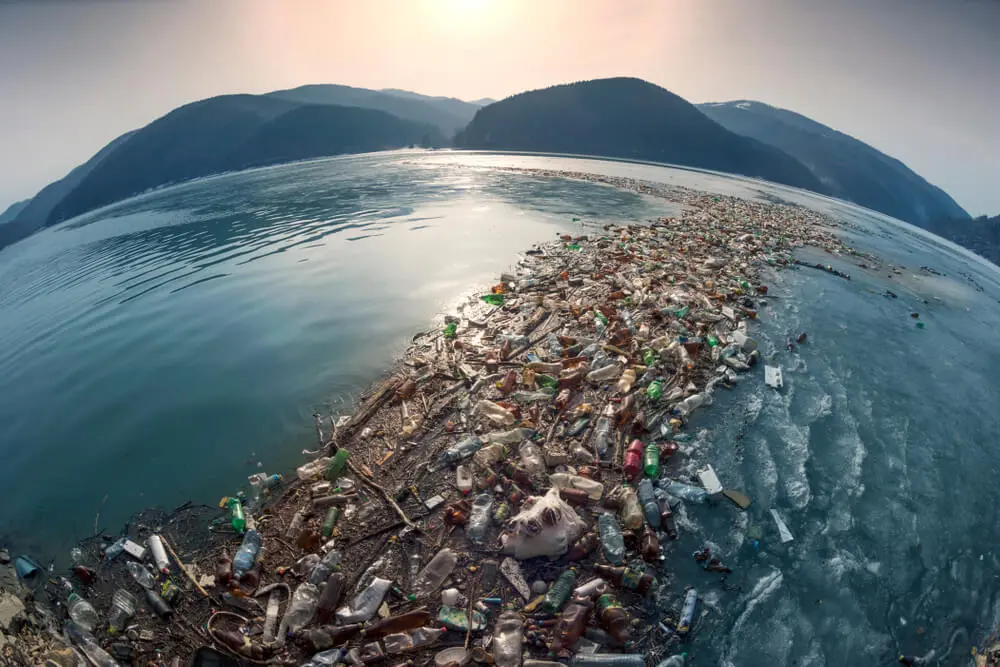Plastic has become an integral part of modern life. From packaging and water bottles to electronics and household items, we rely on it daily. But this convenience comes with a heavy environmental cost. With over 8 million tons of plastic entering our oceans every year, we are facing a crisis that’s not just threatening marine life but human health and the entire planet. So, why should we care, and how can we combat the plastic waste problem?
A Convenience with Consequences
– A Global Issue: Plastic is used globally, with over 300 million tons produced annually. Unfortunately, most of this plastic is used for disposable items—packaging, straws, bags, and bottles. Around 50% of plastic is used only once and then discarded, often ending up in landfills or, worse, our oceans.
– Non-Biodegradable: Unlike organic materials, plastic takes hundreds to thousands of years to decompose. During this time, it breaks down into tiny particles called microplastics, which are ingested by wildlife and even find their way into our food and water.
The Environmental Impact of Plastic Waste
– Oceans Drowning in Plastic: Over 8 million tons of plastic enter the oceans each year, creating floating garbage patches. The most infamous is the “Great Pacific Garbage Patch”, which is now over “1.6 million square kilometers” in size—a testament to our disposable culture. This plastic not only kills marine life but disrupts the entire food chain.

– Threats to Wildlife: Marine animals mistake plastic for food. Sea turtles, for instance, often eat plastic bags, confusing them for jellyfish. Birds, fish, and mammals ingest plastic fragments or become entangled in discarded fishing gear, leading to injury or death. Studies estimate that over 90% of seabirds have ingested plastic.
– Human Health Hazards: Microplastics have made their way into the food we consume, especially seafood. A recent study revealed that humans could ingest around 50,000 micro-plastic particles annually. Although the long-term health impacts are still being studied, the presence of plastics in our food chain raises serious concerns.
How We Can Reduce Plastic Waste
– Adopting a Zero-Waste Lifestyle: One of the most effective ways to tackle plastic waste is by reducing our reliance on single-use plastics. This can be as simple as carrying a reusable water bottle, saying no to plastic straws, and using cloth bags instead of plastic ones.
– Recycling and Upcycling: Not all plastics can be recycled, but for those that can, recycling prevents them from ending up in landfills or the ocean. “Upcycling”—reusing plastic creatively—can also help reduce waste by turning items like plastic bottles into household tools or art.
– Supporting Eco-Friendly Alternatives: Look for biodegradable packaging made from natural materials like jute, bamboo, corn starch, or recycled paper. Additionally, choose products from companies committed to reducing their plastic footprint, and avoid items with excessive packaging.
What Can We Do as Individuals?
- Replace Plastics with Biodegradable Products: Swap out plastic items for biodegradable alternatives made from materials like jute, bamboo, cornstarch, or recycled paper. These materials break down more naturally and help reduce long-term waste.
- Say No to Single-Use Plastics: Avoid items like plastic bags, straws, and disposable cutlery. Bring your own reusable bags, water bottles, and utensils when shopping or dining out. Small changes like these reduce the demand for single-use plastics significantly.
- Support Clean-Up Efforts: Participate in or donate to local clean-up drives for beaches, rivers, or parks to help remove plastic waste from natural spaces and prevent it from reaching oceans and waterways.
- Recycle Properly: Learn the recycling guidelines in your area to ensure that plastic waste is disposed of correctly.
- Educate and Advocate: Raise awareness by sharing knowledge about plastic pollution with friends, family, and social media followers. Advocate for policies that reduce plastic use and support recycling and biodegradable materials.
- Choose Sustainable Personal Care Products: Switch to bar soaps, shampoo bars, and refillable containers to cut down on plastic in personal care items. Many eco-friendly brands now offer these products in plastic-free or reusable packaging.
- Join or Start Local Environmental Groups: Engage with others in your community who share an interest in reducing plastic pollution. These groups often organize awareness campaigns and lobbying efforts that encourage local governments to act on plastic waste issues.
Plastic waste may be a growing global problem, but it’s not insurmountable. By adopting small lifestyle changes and supporting sustainable alternatives, we can help reduce the staggering amount of plastic polluting our planet. Every step counts, and together we can create a future that’s not burdened by the waste of our convenience.
Follow Us: